Wearing compression socks can help relieve leg, ankle and foot pain for a lot of people. This specially manufactured wardrobe helps to work against gravity by applying pressure on your legs and feet. This helps push the blood pooling in your lower extremities back to your heart. In doing so, you can avoid certain conditions such as uncomfortable swelling or even dangerous blood clots.
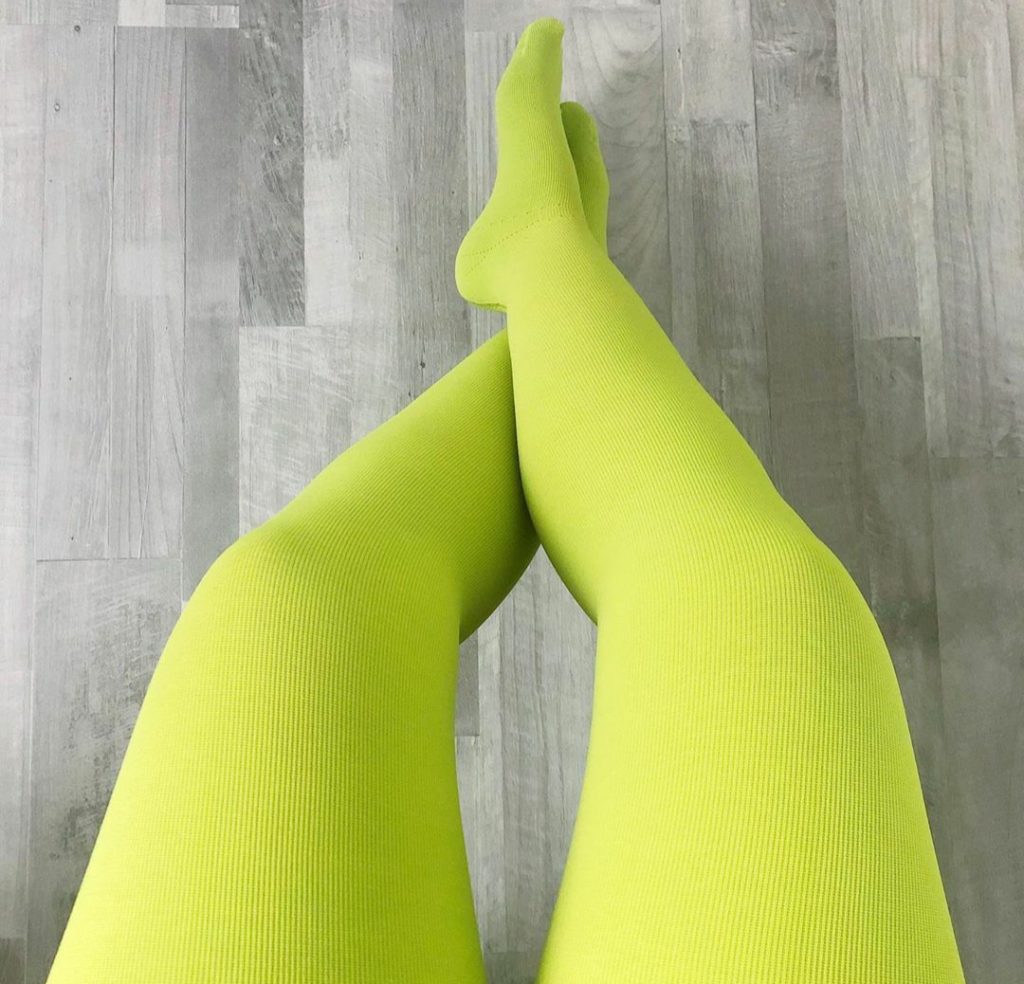
There are many types of compression socks available on the market, with different features to provide different benefits for a variety of health needs. Keep reading to see our tips on how to choose compression socks that can help with your unique situation.
TYPES OF COMPRESSION SOCKS
Generally, there are three types of compression sock technologies. Each one of them provides different kinds of compression and are intended for different purposes. Your doctor will help guide you to the right type of sock for your condition. Here are the three levels of compression socks:
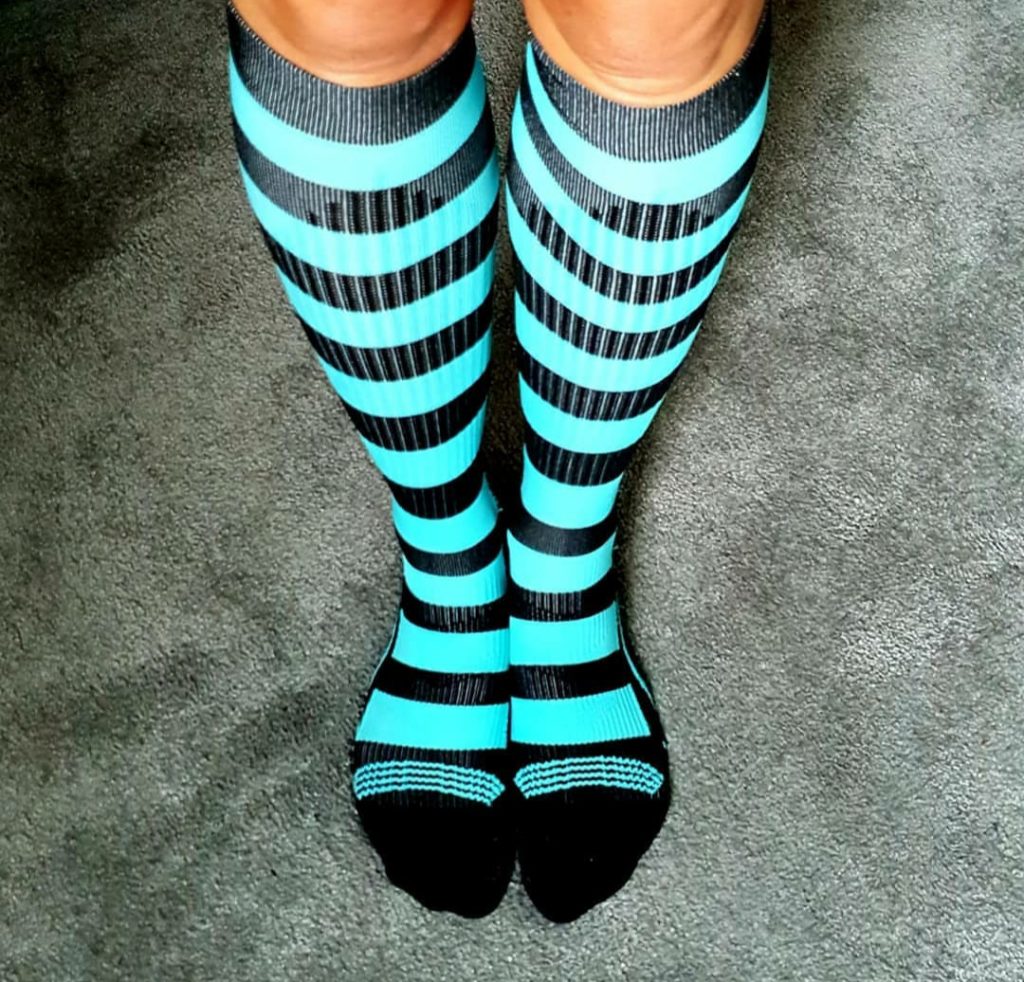
1. Graduated Compression Socks – Best Compression Stockings For Edema
Graduated compression socks provide the strongest compression on the ankle area and get gradually loosen towards the top. This is the most common type of compression sock. This sock is designed to help prevent deep-vein thrombosis, a common blood clot that can cause serious health implications if not prevented with exercise and the use of compression socks when sitting is required for long periods of time.
2. Anti-Embolism Socks – Unisex Thigh High Recovery Stockings
Anti-embolism socks are made for people who stay in bed. It has similar features to graduated compression socks, but the compression level is a little bit lower. These socks help improve blood flow throughout the legs when they are not used as often as normal, such as following surgery. Typically, the calf needs to be measured to ensure the right size is purchased, otherwise, the socks may not be as effective in maintaining healthy blood flow.
3. Non-Medical – Best Support Stockings Men
Unlike two other kinds of compression socks mentioned above, the non-medical compression socks are safe to wear without any doctor’s prescription. Instead of gradual compression, this pair of socks would give uniform compression to your legs. These socks are beneficial if you need to take a flight and want to reduce the chance of developing an embolism or other blood clot issues in your legs during travel, or if your job requires you to be on your feet for long periods of time.
LENGTH
Unlike regular socks, compression socks do not have that much variety of length. There are 4 levels of length, each designed for a specific condition. Here they are:
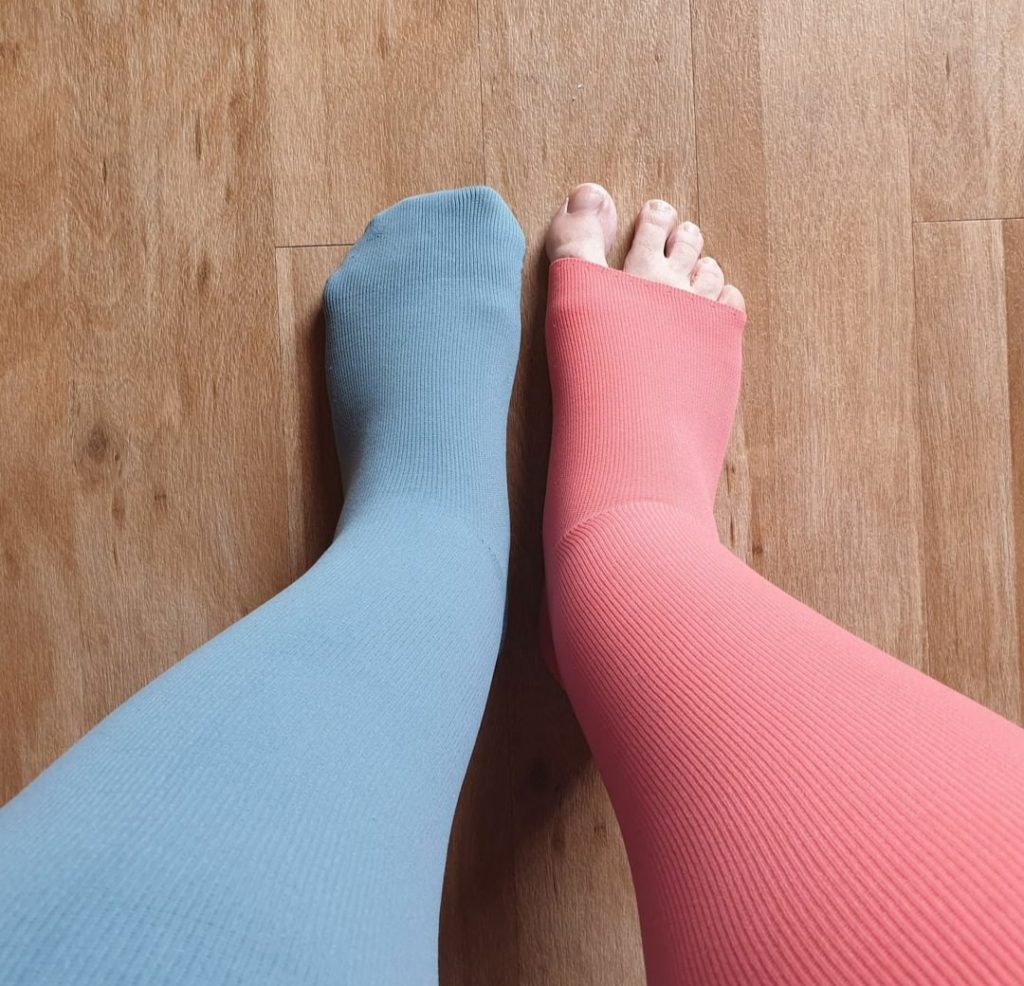
1. Knee Level
The socks stop above your calf curvature, just right below the knee. If you just need the protection for your ankle or calf, this is the right pair of compression socks for you. Most socks are elastic that you can stretch it up to above your knees, but it’s important to wear the socks as recommended for the best protection against discomfort and further health issues.
2. Thigh Level
The end of the socks lies just below the buttock fold. Unlike the knee level socks, the thigh level compression socks are designed to protect your entire legs. Thigh-high compression stockings come in many styles, including sheer finishes that go great with dressier clothes.
3. Pantyhose
Also known as waist-high level, the sock tubes are connected around the crotch area up to the waist level. This kind of hosiery helps to reduce the blood pooling around the leg area. It also may avoid you from the risk of orthostatic hypotension. They also come in good-looking options.
4. Maternity Pantyhose
Maternity compression socks are very similar to the pantyhose one. The pair connects to the torso area. The only difference is that the maternity compression socks are expandable on the stomach area to stretch with the baby bump.
Pregnant women can wear the knee or thigh-length styles of compression stockings as their doctor can recommend. The maternity pantyhose is used to replace regular pantyhose for pregnant women as the constriction on the belly area caused by regular pantyhose could cause discomfort and potential health risks for the mother and baby.
To determine which length to choose, you need to know what specific health condition you need to address. Talk to your doctors about how to choose the right compression socks for your needs.
Other Popular Articles on ComproGear
Rose Toy Sex Toy That Works Like The Womanizer
LEVEL OF COMPRESSION
Compression socks come in various levels of compression. Each has its purpose and should be used accordingly. As an insight, here are the guidelines of compression level:
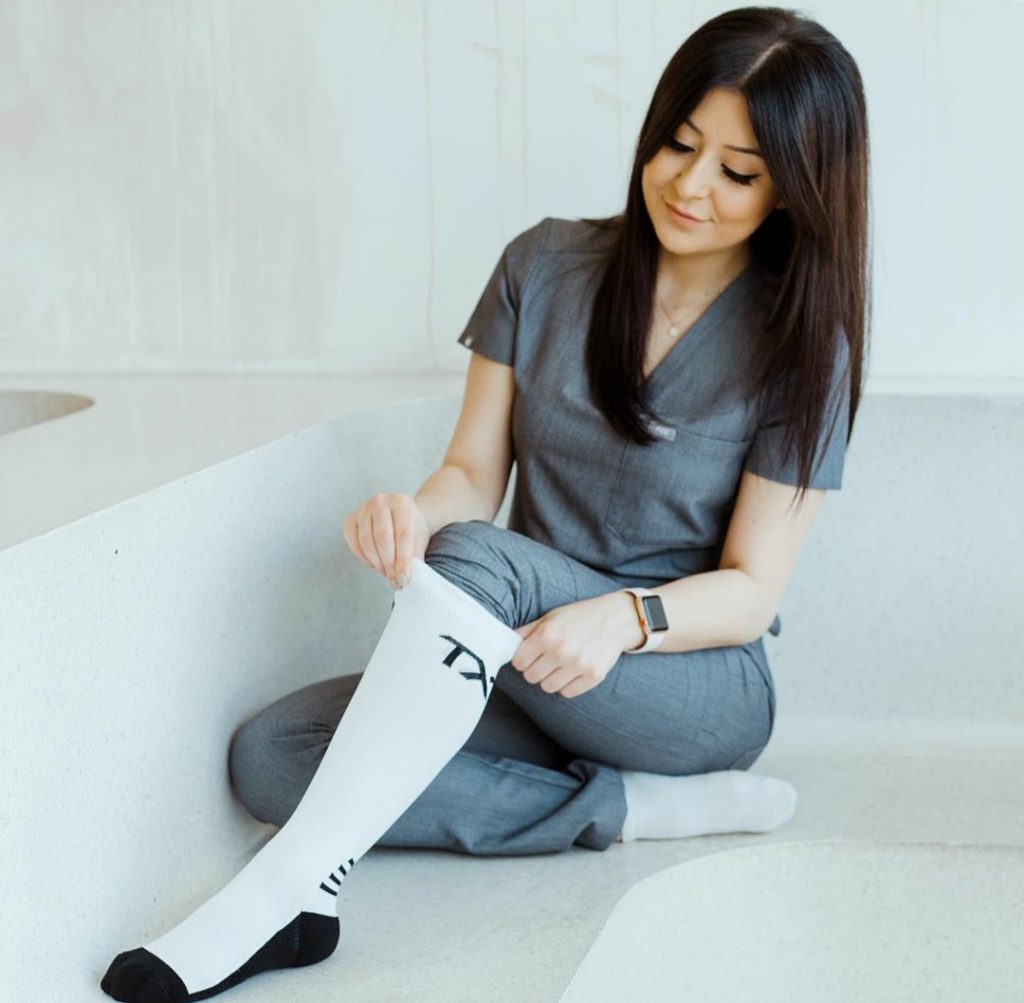
1. Mild (8-15 mmHg)
- Helps with minor swelling and aching
- Prevents varicose and spider veins for pregnant women
- Prevents tiredness from a long period of sitting or standing
2. Medium (15-20 mmHg)
- Prevents and reduces minor to moderate spider veins and varicose for pregnant women or post-surgical people
- Helps for pre or post vein procedure
- Relieves tiredness, swelling, or aching on your feet
- Helps prevent deep vein thrombosis
- Good for daily wear and sports
- Recommended to use for long-distance travel
3. Firm (20-30 mmHg)
- Prevents and relieves moderate to severe varicose veins
- Prevents the reappearance of varicose and spider veins post-surgery
- Treats moderate or severe edema or lymphatic edema
- Relieves superficial thrombophlebitis
- Helps prevent orthostatic hypotension (a condition where blood pressure drops significantly when a person is standing up)
4. Extra Firm (30-40 mmHg)
- Relieves severe varicose and spider veins
- Treats severe edema or lymphatic edema
- Is suitable for post-surgery to prevent the reappearance of varicose and spider veins
- Reduces the symptoms of orthostatic hypotension and postural hypotension
- Treats venous ulcers and post-thrombotic Syndrome (PTS).
- Helps prevent deep vein thrombosis (DVT)
5. RX/Severe (40-50 mmHg)
- It is meant for serious diseases such as deep vein thrombosis (DVT), acute swelling on legs or ankles, chronic vein insufficiency, etc.
- Might be dangerous if used by healthy people
The level of compression is the most important aspect of how to choose compression socks. Too much compression might harm you, while a lack of compression would not give you an optimal benefit. If you are not sure which level you should go with, ask your doctor for their recommendation.
WHAT SIZE SOCKS SHOULD I BUY?
Although the socks are elastic, they are designed to support a specific size range to provide effective relief. It is important to wear the right size because they may give the wrong compression if not properly fitted. Here is the right way to measure your legs for determining your size:

- If your legs are prone to swelling, choose a time when the swelling is minimal. Usually, it is in the very morning, once you wake up from your night sleep.
- It is important to not wearing any kind of footwear while measuring your legs for an accurate result.
- Measure the circumference of your ankle at the narrowest part of your ankle. It is right above your ankle bone.
- Measure the circumference of your calf at the largest part of it.
- Determine your calf length by measuring the back of your leg from the floor level to the back of your knee, right on the bend line.
- Measure the circumference of your thigh at its largest part
- Determine your leg length by measuring the back of your leg from floor level to the fold of your buttocks.
- Measure the circumference of your hips at the largest part.
There is no exact standardization for sizing in the compression socks industry. Hence, the sizing system might be slightly different in each brand and style. Some brands also use the shoe size to determine socks size. But doing your measurement correctly is the most effective way to get your precise size. Compare your measurements to the manufacturer’s size chart, often available on the back of the package or on the company website or online listing.
OTHER THINGS TO PAY ATTENTION TO
Besides knowing how to choose compression socks well, there are a few more things you need to remember when buying or using compression socks, such as:

- Some people need to use compression sock on just one side of their leg, while some others need to wear on both sides.
- Timing matters too. Some people have to wear their compression socks as soon as they wake up and take it off when they go to bed. Some other people wear them overnight. Have your doctor informing you of when you need to put on and take off your compression socks.
- You need at least 2 pairs of socks so you still have something to wear while the other is being washed.
- It is highly recommended to hand wash your compression socks in lukewarm water and air dry them in a cool place because heat and high pressure might damage the compression material.
- Make sure to see your doctor regularly for evaluation and re-measurement.
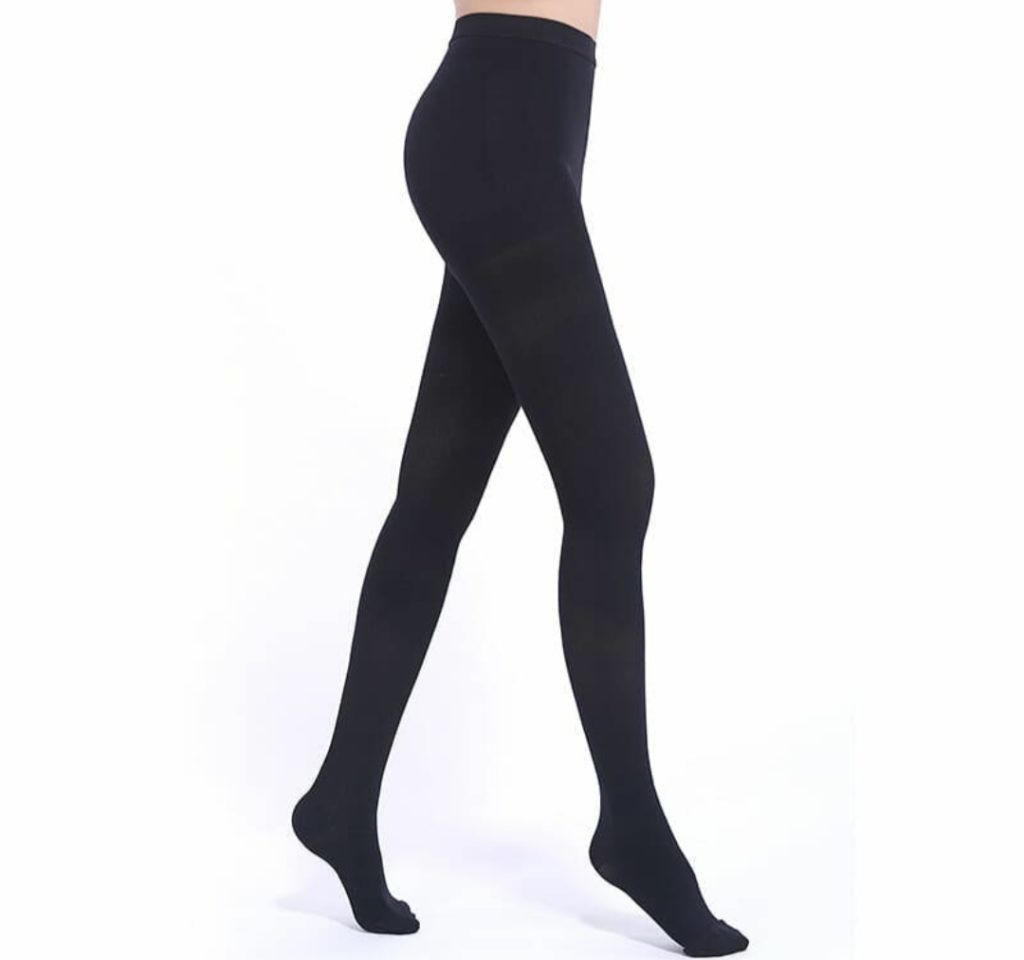
Never wear random compression socks without knowing if they suit your situation or not. Studies found that improper use of compression socks may harm you instead of providing protection. The risk may vary. In some mild cases, it could be discomfort, skin irritation, redness, and swelling. But in some more serious cases, it can lead to nerve damage and worsening of the original issues.
It is crucial to wear only the right compression socks for you. Yet if you are still unsure about how to choose compression socks that suit your needs, you can go see a doctor for an evaluation. This way you can get a reliable recommendation.
